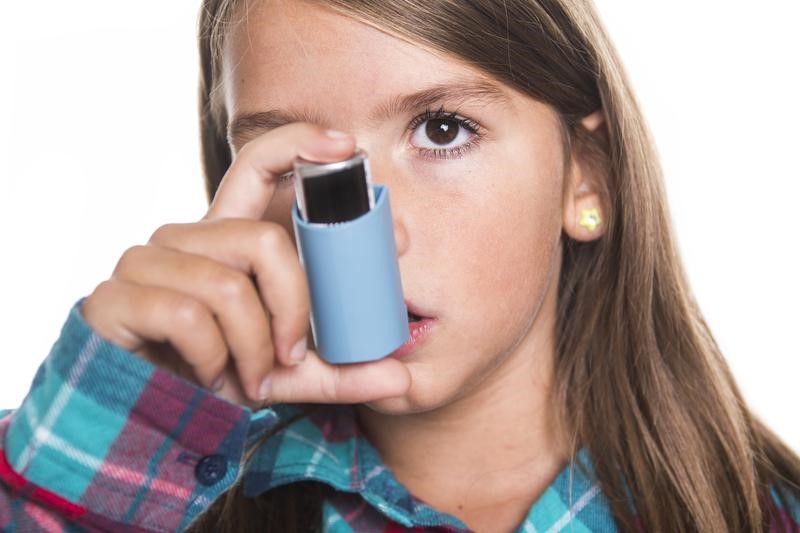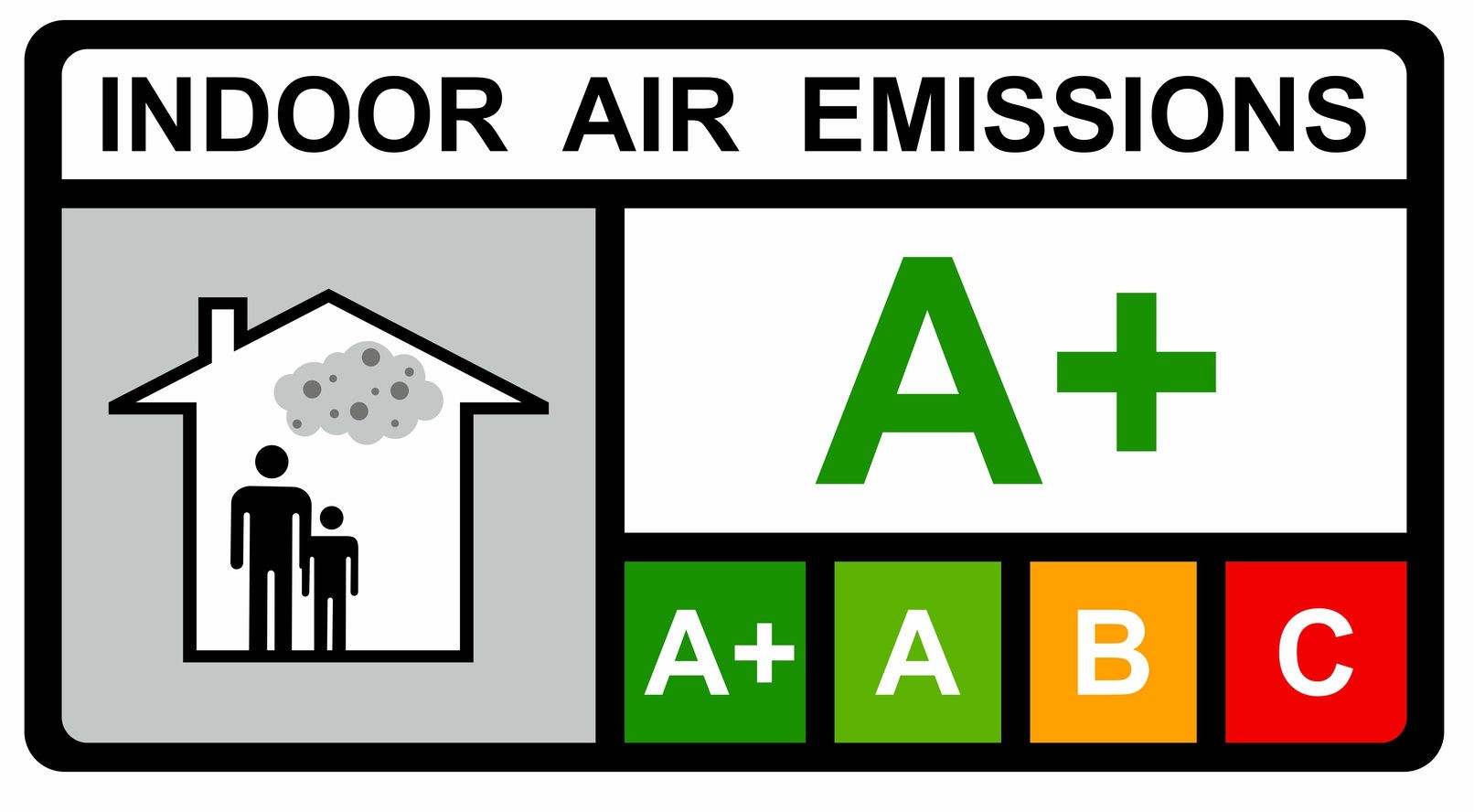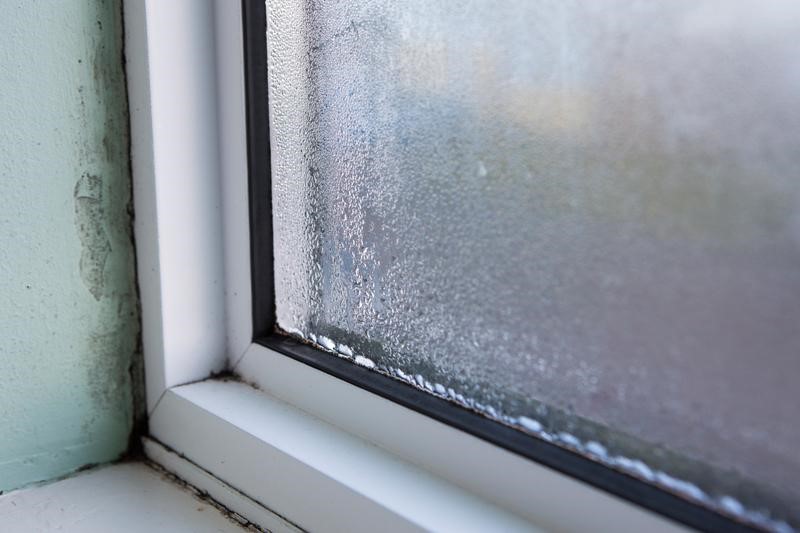Help You?
CLICK TO LEARN MORE ABOUT IRA REBATES AND TAX CREDITS
IMPROVING INDOOR AIR QUALITY FOR ASTHMA SUFFERERS

Asthma is a chronic, and sometimes severe, ailment for almost 25 million Americans. While there is no cure, people can manage their symptoms. Improving indoor air quality at home has a significant impact.
For people with this disease, their bronchial tubes, or the airways leading to the lungs, are always inflamed. An attack occurs when something triggers them to become even more swollen, and the muscles in them tighten. At the same time, the airways produce extra mucus.
When that happens, air can’t get to the lungs. It’s what causes people to become winded, short of breath, or begin wheezing. Common triggers include stress or exercise, which taxes the respiratory system. But many triggers are in the air all the time. Smoke, dust, pollen and other irritants cause attacks.
Cities and large suburbs such as Naperville have high concentrations of cars and industrial areas that contribute to air pollution. And, suburban or rural areas including West Dundee, Elgin and Barrington also have higher concentrations of pollen. Those towns are close to places such as Highlands Park, Spring Lake Forest Preserve, Moraine Hills State Park, where plant life is plentiful.

These pollutants all make their way inside. According to a local chapter of the Red Cross, Americans spend about 80 percent of their time indoors. Therefore, it’s important for those spaces to be as free of triggers as possible.
Air quality testing helps asthma sufferers
But, people have different, specific triggers. Therefore, it’s important to know what to focus on the most.

It’s very common to find dust mites, for instance, and pet dander if you have dogs or cats. In the spring and summer, pollen from outside vegetation makes its way indoors.
These are all microscopic particles. They’re just about impossible to see, let alone measure, without specialized equipment.
Elsewhere, the effects of tobacco smoke, for instance, lingers well after a cigarette burns out. Studies show that more than 80 percent of secondhand smoke is undetectable to the human eye, and can remain in the air for hours.
Then there’s “third-hand smoke,” or the residue from cigarettes. Researchers are still investigating, but early studies show that residue can show up in household dust for at least three months.
Eliminate smoke, fragrances and allergens
The pollutants that are present in your home will determine what steps you need to take to improve indoor air quality. In general, it’s a good idea to at least touch on all these strategies. But, you’ll want to focus on the most severe problems and whatever triggers attacks.
For starters, make sure no one smokes in the house. As we mentioned, the chemicals in a cigarette are present months after someone stops smoking. And, it’s just better for everyone that way.
Next, cut down on fragrances. That includes colognes and performs, but also many air fresheners, fragrant hand creams and scented candles. When people inhale the chemicals that produce those scents, it can irritate their lungs.
After that, it’s onto a widespread problem: allergens. These are the airborne particles that trigger allergic reactions and difficulty breathing.
A regular cleaning routine is important. Use a damp cloth to wipe down counters, tables, window sills and tops of doors. Then vacuum at least once a week. You may also want to get cloth or roll-down curtains instead of slatted blinds. They’re much easier to clean.
And, once you’ve gotten rid of those settled-in allergens, you’ll want to keep more from building up. That’s where your hvac system can help.
In the summer, keep the windows closed and run your air conditioner. That prevents pollen and other outdoor contaminants from getting in. The same works in the winter once the heat is on.
To make the most of this, however, you’ll need to change the air filter on your heater or ac at least once a month. These go a long way toward blocking dust and debris from circulating through your house.
You can remove even more pollutants by investing in high-efficiency filters. These will block smaller particles, like dust mites and pollen, than regular ones.

Also, consider portable air purifiers or whole-house purification systems. These work even when the heater and ac are not running. And, they are built specifically to eliminate those microscopic troublemakers.
Controlling indoor humidity helps people with asthma

Humidity is a common trigger for many people with breathing problems. Too much moisture in the air can cause an attack. It also helps cultivates allergens that do the same.
Even people who don’t suffer from breathing problems occasionally say the air feels “heavy” or “thick” when it’s humid out. That sensation is even worse for people who suffer attacks. The warm, moist air activates specific nerves in the lung that cause the airway to restrict.
The secondary problem is that the water vapor cultivates allergens. Airborne particles such as dust mites and pollen will hang in the air when there’s excess moisture. That makes it easier for people to breathe them in.
Next, the lingering water vapor helps cultivate mold — another common allergen and trigger. It thrives in dark, moist areas. That makes just any out-of-the-way spot in the home a place where it can grow.
Therefore, regulating humidity, especially in the summer, is crucial. If this a problem, start off by purchasing a humidistat. This tool will tell you how much moisture is in the air.
In general, you’ll want relative humidity between 30 and 60 percent. The lower, the better, but too little and you can end up with dry skin and other problems.
Running an air conditioner will help reduce humidity. If that’s not enough, you can look into dehumidifiers. Like air purifiers, you can choose from small, portable ones that treat a single room or systems that manage the entire home.
Are you concerned about indoor air quality in your home? Contact us, and we can schedule an air test and find the best ways to make improvements.

